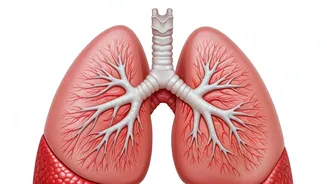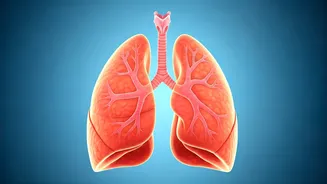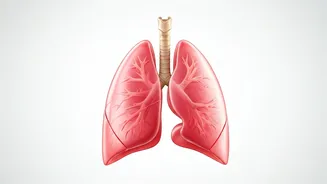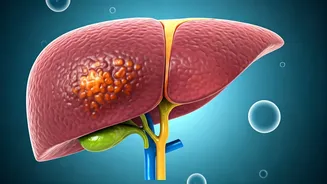Initial Misconceptions Addressed
Many parents have misconceptions regarding childhood asthma. One frequent myth suggests that a child's asthma cannot be diagnosed if they are not experiencing
hard breathing. Another popular myth is that children do not require regular inhaler usage if they feel well. Additionally, there are beliefs that inhalers are addictive and that they could stunt the child’s growth. These ideas contribute to unnecessary anxiety and impact adherence to proper treatment plans. It’s essential to clarify these doubts to make it easier for parents to deal with their children's asthma and offer them the best care available. This involves providing accurate data that assists them in making informed decisions about their child's health.
Inhalers: The Truth
The use of inhalers is often misunderstood. One myth suggests that inhalers are addictive, which is not true. Inhalers are designed to deliver medication directly to the lungs, and they are usually safe for regular use. Another misconception is that the inhalers with steroids may stunt the child's growth. The small doses of inhaled steroids rarely cause noticeable growth issues; the benefits of controlling asthma generally exceed this concern. However, another myth says that if the child takes their inhaler too much, it stops working. This is also false, as the effectiveness of the medication does not diminish over time. Correct usage and dosage as prescribed by a healthcare provider ensure optimal management of asthma.
Regular vs. Symptomatic Treatment
Another frequent misconception involves the timing of asthma treatment. One perspective holds that it's better to treat only when symptoms appear. This approach may miss the opportunity to prevent asthma attacks, particularly during high-risk periods like the winter season, when flares are common. Regular medication can help manage inflammation in the airways, preventing severe attacks. Therefore, adhering to a consistent treatment plan can significantly reduce the frequency and severity of asthma symptoms, ensuring better control and a higher quality of life for the child. This proactive approach is essential for preventing future health issues.
Unexpected Asthma Onset
The unexpected development of asthma can be a surprise for parents. The myth that a child's sudden asthma onset after the age of 4 is impossible is also incorrect. Asthma can manifest at any age, and triggers can vary. This misunderstanding might cause parents to overlook the signs and delay treatment. The onset of asthma is influenced by various environmental, genetic, and physiological factors. Recognizing this allows for early diagnosis and treatment, which is crucial for controlling the condition. When a child begins to experience symptoms, it’s advisable to have them examined to rule out any health problems.
Winter Asthma Flare-Ups
Understanding why asthma flares up during winters is important. Seasonal changes can exacerbate asthma symptoms, especially in colder months. The cold, dry air can irritate airways. Additionally, increased exposure to respiratory infections like the common cold and the flu can worsen asthma. Indoor environments often harbor allergens such as dust mites and molds, which contribute to asthma triggers. Understanding these environmental factors enables parents to take preventative measures, like ensuring that children use their inhalers and limiting exposure to known triggers. Therefore, being proactive helps minimize flare-ups and provides children with greater comfort during the winter season.












